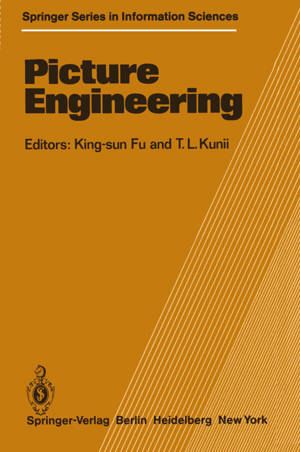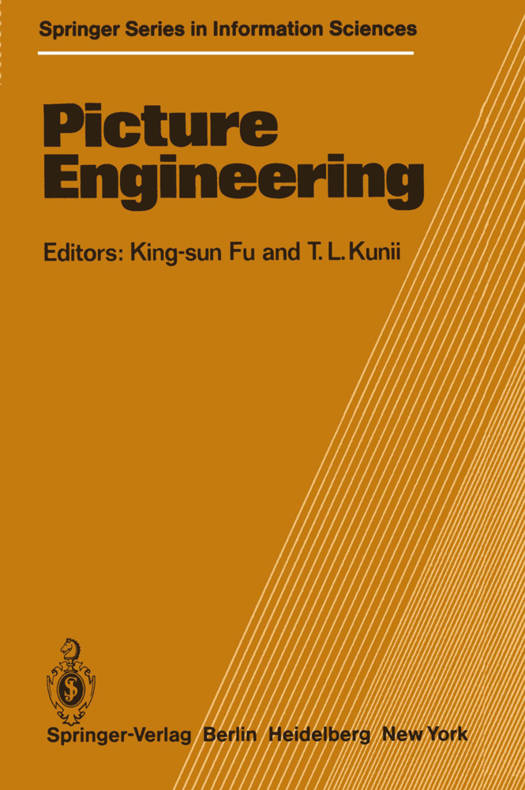
- Afhalen na 1 uur in een winkel met voorraad
- Gratis thuislevering in België vanaf € 30
- Ruim aanbod met 7 miljoen producten
- Afhalen na 1 uur in een winkel met voorraad
- Gratis thuislevering in België vanaf € 30
- Ruim aanbod met 7 miljoen producten
Zoeken
Omschrijving
This book seeks to elucidate picture engineering as a new discipline for hand- ling the entire scope of picture processing in a systematic manner. Picture engineering as a discipline has three aspects, the first of which is methodo- logical, technical, and architectural. The second consists of pattern ana- lysis and recognition of pictorial input, picture database management, inclu- ding picture data structure and data representation for picture storage and transformation, and computer graphics for picture output and display. Ver- satile applications such as computer-aided design, manufacturing and testing (CAD/CAM/CAT), office automation (GA), robotics, and fancy computer arts com- prise the third aspect. This book covers all three aspects in original papers by leading experts in the discipline. The book is divided into six parts. Part I covers the central topic of pictorial database management in three papers. The first, by Yamaguchi and Kunii, presents a data model for designing a picture database computer. The second, by Klinger, discusses the organization of computers for handling pic- torial data. In the third paper, Shi-Kuo Chang treats the indexing and enco- ding of pictorial data. Part II is devoted to picture representation. First, a general approach to picture analysis using both syntactic (structural) and semantic information is described by Fu. This is followed by an in-depth explanation of various 3-D shape representation methods by Ikebe and Miyamoto. Schumaker elaborates polar spline representation of 3-D objects, and finally, Enomoto, Yonezaki and Watanabe describe a unique method of characterizing 3-D surfaces by struc- ture lines.
Specificaties
Betrokkenen
- Uitgeverij:
Inhoud
- Aantal bladzijden:
- 306
- Taal:
- Engels
- Reeks:
- Reeksnummer:
- nr. 6
Eigenschappen
- Productcode (EAN):
- 9783642878695
- Verschijningsdatum:
- 21/05/2012
- Uitvoering:
- Paperback
- Formaat:
- Trade paperback (VS)
- Afmetingen:
- 152 mm x 229 mm
- Gewicht:
- 421 g

Alleen bij Standaard Boekhandel
+ 284 punten op je klantenkaart van Standaard Boekhandel
Beoordelingen
We publiceren alleen reviews die voldoen aan de voorwaarden voor reviews. Bekijk onze voorwaarden voor reviews.










